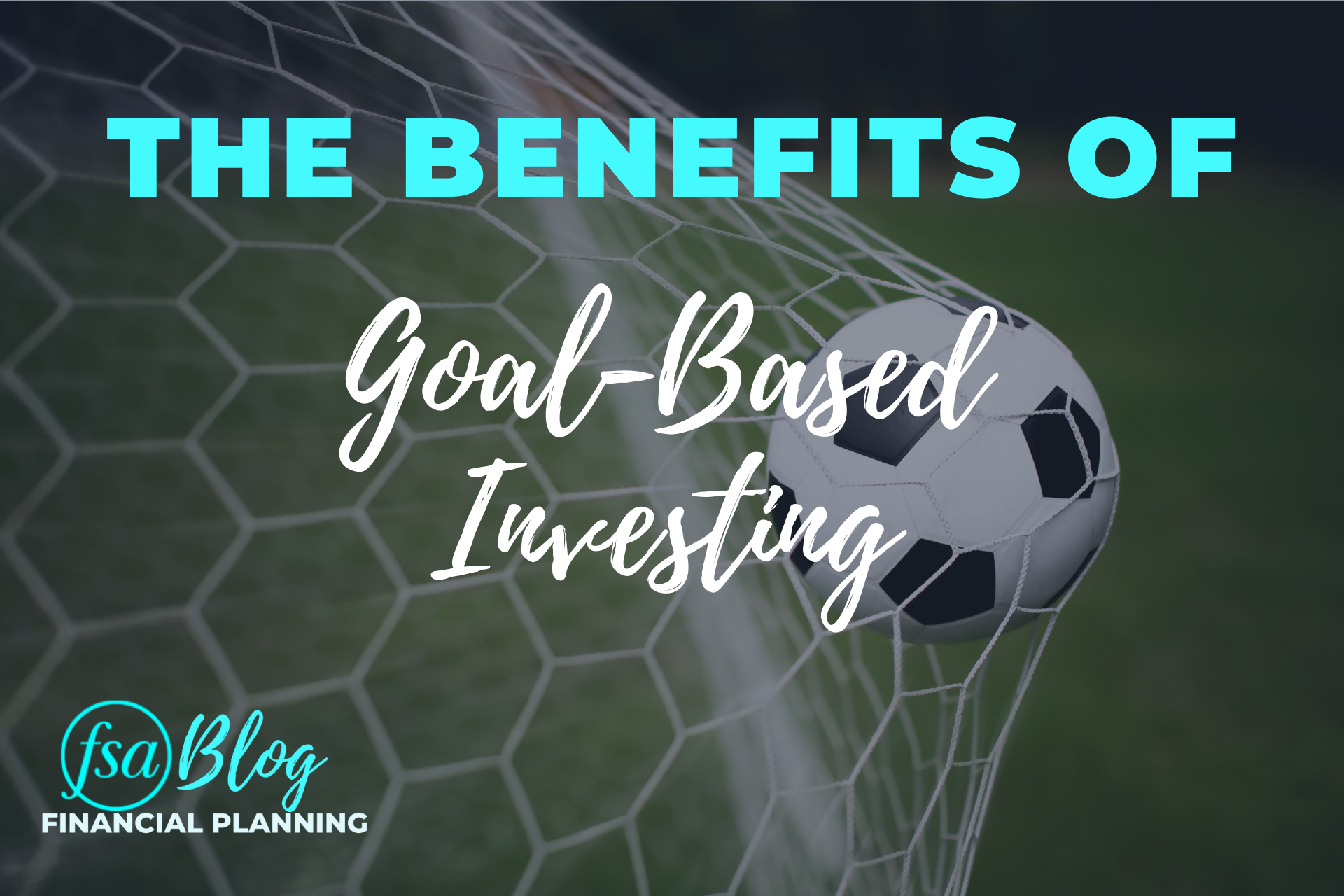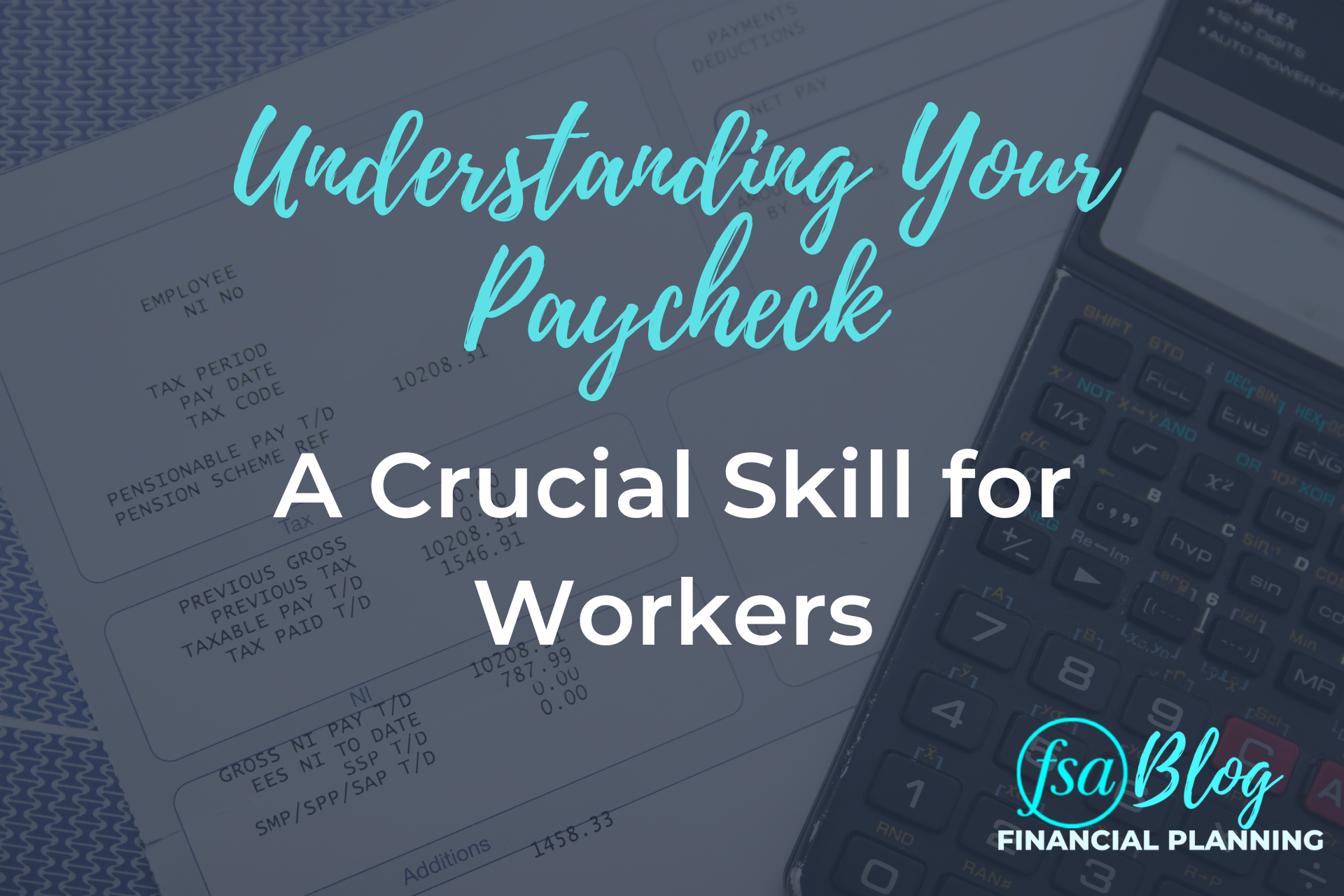Many people start investing their money without a very clear idea of why they’re doing it. They usually start with a vague objective like “making more money” or “preparing for retirement.” However, setting a vague objective like one of these can make it difficult to know if you ever reach it. Since you don’t know where the finish line lies, it can make earning money and investing seem like a never-ending treadmill.
In this sense, investing is similar to working out. If you’re not sure specifically why you’re working out, then your motivation can quickly fade. Motivation stays high when you have a specific goal like running a 5k, reaching strength benchmarks, or not losing your breath when you walk up the stairs.
This is why so many investors are turning to goal-based investing. Goal-based investing solves this problem by establishing a concrete goal that you’re trying to achieve before you even purchase a stock, mutual fund, bond, etc.
This article will dive into goal-based investing and some of the objectives during the different stages of life.
What is Goal-Based Investing?
Goal-based investing is defined as a new approach to investing that emphasizes the importance of investing with the intent of attaining specific life goals.
The main difference between traditional investing and goal-based investing is that traditional investing is usually measured by a total return on your money. This is done by keeping track of your annual return and comparing it to a benchmark, like the S&P 500.
On the other hand, goal-based investing is only measured by whether or not you achieve the pre-determined goal. This is widely considered a more practical approach because it tailors the investment strategy to each specific investor instead of just focusing on an arbitrary number like an annual return.
With that said, let’s take a look at a few of the most common financial goals during different parts of life.
Common Investing Goals
Getting Started
Building a retirement nest egg is one of the most common investing goals early on in life. However, you can make this more of a goal-based investment strategy by determining exactly when you want to retire and what type of lifestyle you want. Do you want a retirement with many vacations or a second home?
With a few calculations, some assumptions, and financial planning software, you’ll be able to determine how much you need to invest each year to reach retirement on schedule.
When you are building a nest egg for retirement, your investment style is much more aggressive than it would be in retirement. With 20, 30, or more years until the retirement goal is met, the year-to-year gyrations of the market are de minimis in the long-term view. In fact, your spending and savings habits can have a bigger impact on your nest egg early on.
Some other honorable mentions of goals during this first stage of life are building an emergency fund, saving for a home purchase, or building up a taxable brokerage account, all of which, depending on your time horizon, could have a unique investment strategy.
Established with a Family/Home
Once you’ve reached the next tier of life where you’re getting promotions, your nest egg is starting to build, and things are somewhat on autopilot, saving for your kid’s college education may be your next big investing goal.
Saving for a college education will require a different strategy from retirement because there is much less time until you send your child to college. In most cases, you’ll have eighteen years to fund this goal. You will need to be more aggressive early on and then quickly transition into a conservative strategy as they approach college age.
One of the best vehicles for planning for your kid’s college education is through a 529 college savings plan.
Early Stages of Retirement
The five years before and after your retirement date are crucial in determining your retirement success or failure. If you have been diligently saving and investing, it may be prudent to transition to a more conservative investment strategy during this time frame.
One of the most prevalent threats to your retirement is sequence of returns risk. What happens if, before you retire or shortly after, a market climate like the financial crisis of 2008 occurs? This will not only affect your accounts but also your sense of security in retirement.
As you approach retirement, transitioning from an aggressive to a conservative investment style and having an exit strategy can really save you some dollars and peace of mind.
Later Years of Retirement
Once you are 15-20 years into retirement, you can get the sense if your nest egg will outlive you. This is where it’s time to consider making goals for your legacy. Are there kids or grandkids you would like to create a trust fund for, or are there charities you are passionate about?
These are perfect conversations to explore with your financial advisor. Depending on your goals, we can adjust your investment strategies to match the desired end result. For example, if your nest egg is big enough, we can earmark a slice of the funds as an inheritance for the next generation and invest it more aggressively since they have a longer timeframe.
FSA has clients of all ages and demographics. No matter what stage of life you are in, we are here to have discussions about your life goals and customize your investment strategy to complement them. If you have any questions, do not hesitate to reach out at questions@FSAinvest.com or call us at (301) 949-7300.
FSA’s current written Disclosure Brochure and Privacy Notice discussing our current advisory services and fees is also available at https://fsainvest.com/disclosures/ or by calling 301-949-7300.




